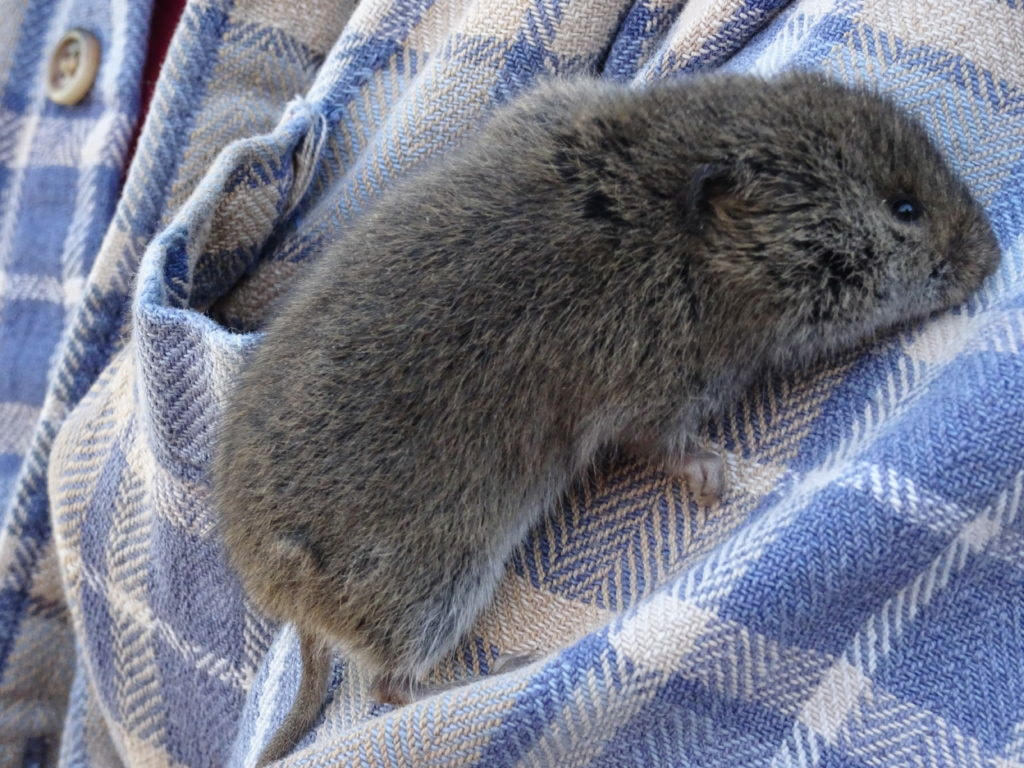Understanding Vole Lawn Damage and How to Fight It
Comprehensive Guide to Efficient Vole Pest Control: Invasion Identification and Therapy Techniques
In the world of effective insect control, vole infestations position a special challenge that demands a tactical method. These little rodents, typically incorrect for computer mice, can damage gardens, lawns, and crops if left unchecked. Identifying the signs of vole presence and carrying out targeted therapy approaches are vital elements of a successful parasite monitoring strategy. By exploring the nuances of vole habits, recognizing vital indicators of infestation, and examining a variety of control options, one can develop a detailed approach to fight these evasive pests.
Comprehending Vole Actions
Vole habits is characterized by their tunneling habits and fast reproduction rates, making them a challenging bug to control properly. These tiny rodents typically produce detailed tunnel systems underground, using them for sanctuary, food storage, and transportation. Voles are herbivores, consuming a variety of plants, roots, lawns, and light bulbs, which can create significant damages to yards, orchards, and grass. Their rapid reproductive rate additional makes complex control initiatives, with females with the ability of generating several litters in a solitary year, each containing numerous offspring.
Voles are most energetic throughout the morning and evening hours, spending the bulk of their time foraging for food. Their delving routines not only disturb lawns and gardens but also make them testing to get rid of and discover. Understanding vole behavior is essential for effective pest control approaches. By identifying their burrow places, monitoring feeding locations, and implementing targeted control techniques, such as trapping or environment adjustment, vole problems can be taken care of successfully.
Indicators of Vole Infestation

Avoidance Approaches
Implementing reliable avoidance methods is vital in lessening vole problems and securing greenery from their destructive feeding habits (vole control). To avoid vole problems, it is important to begin by eliminating possible food sources and shelter. Maintain turf and vegetation cut short, remove weeds and particles, and preserve a neat garden or yard to make the location less attractive to voles. Setting up barriers such as equipment cloth or below ground fencing can additionally help hinder voles from going into specific locations. Additionally, lowering excess wetness by fixing leaking pipelines and making sure proper water drainage can make the atmosphere much less hospitable for voles.
Routinely checking the residential property for indicators of vole task, such as paths and delve openings, is essential for early discovery and timely activity. Think about making use of traps or repellents purposefully put near their pathways if vole activity is suspected. Employing natural killers like owls or snakes can additionally aid keep vole populaces in check. By carrying out a mix of these prevention approaches, gardeners and homeowners can effectively safeguard their greenery from vole damages.
Non-Lethal Control Methods
To properly handle vole populations while focusing on humane techniques, non-lethal control strategies use functional solutions for decreasing vole damage in landscapes you could try these out and gardens. These barriers can Discover More be buried at least 12 inches deep and bent at a 90-degree angle to stop voles from delving below.

Lethal Control Options
One efficient approach for attending to vole problems in landscapes and gardens includes the strategic use deadly control alternatives. When faced with a serious vole invasion that non-lethal methods have stopped working to have, implementing lethal control procedures comes to be essential. One frequently used dangerous control alternative is making use of snap traps. These catches are made to quickly and humanely kill voles upon activation, making them a popular choice for numerous gardeners and landscapers. To enhance the efficiency of snap traps, it is suggested to put them in locations where vole task is high, such as along paths or near burrow entries. An additional dangerous control choice is the use of hazardous baits especially created to target voles. These lures consist of poisonous substance that is consumed by the voles, resulting in their eventual demise. Caution should be exercised when using hazardous baits to protect against damage to non-target pets or family pets. Generally, when utilizing lethal control alternatives, it is vital to do so sensibly and based on local policies to effectively take care of vole problems.
Final Thought
In conclusion, reliable vole Recommended Reading bug control requires a comprehensive understanding of vole habits, identification of indicators of invasion, implementation of avoidance approaches, and usage of both lethal and non-lethal control techniques. By combining these techniques, individuals can properly handle vole populaces and secure their residential or commercial property from damage. It is essential to resolve vole infestations without delay to stop more issues and decrease the impact on the surrounding setting.
Offered the intricate tunnel systems and quick reproduction prices characteristic of voles, acknowledging the signs of vole invasion ends up being crucial in reliable parasite control. One of the key indications of vole visibility is the existence of surface paths or routes in yard or snow, generally about 1-2 inches wide, developed as voles take a trip between their burrows and food sources.To effectively take care of vole populaces while focusing on gentle techniques, non-lethal control approaches offer practical solutions for decreasing vole damage in landscapes and yards.One reliable approach for addressing vole infestations in landscapes and gardens involves the tactical usage of dangerous control alternatives. vole lawn damage.In verdict, reliable vole insect control calls for a thorough understanding of vole habits, identification of indicators of infestation, implementation of prevention techniques, and utilization of both non-lethal and dangerous control approaches